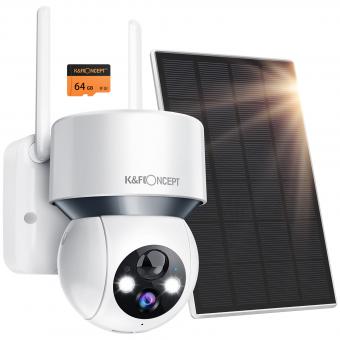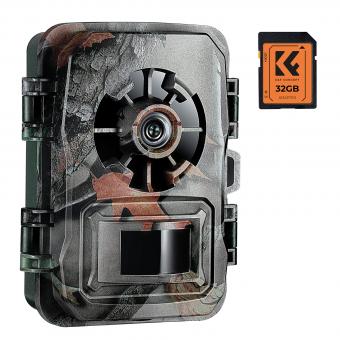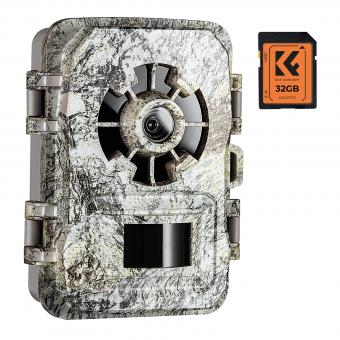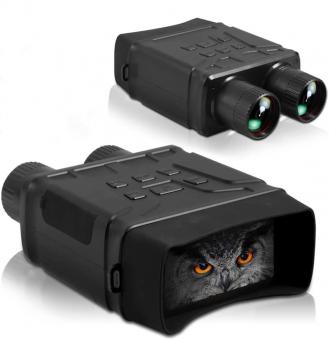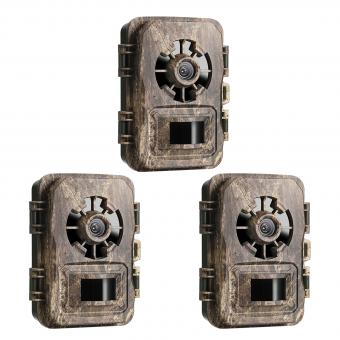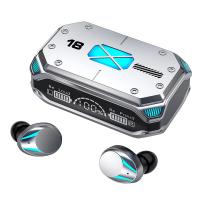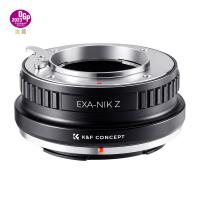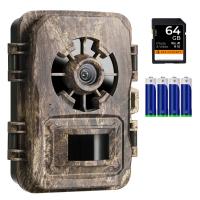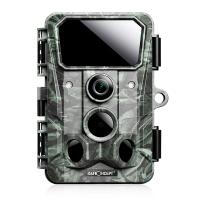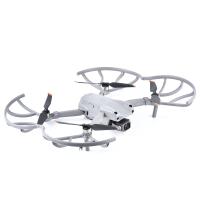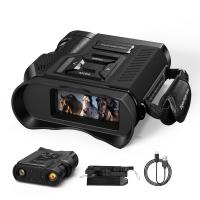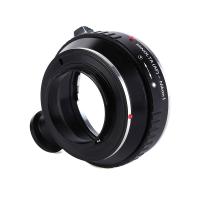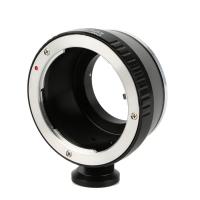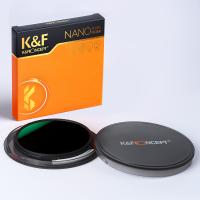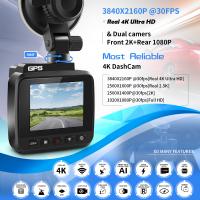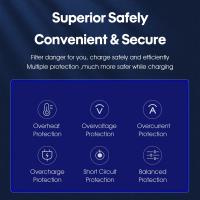How Do Night Vision Goggles Work ?
Night vision goggles work by utilizing a combination of technologies to enhance the visibility in low-light or dark conditions. They typically use image intensification technology, which amplifies the available light to make objects more visible. This is achieved through a process that involves capturing the incoming light, converting it into electrons, amplifying the electrons, and then converting them back into visible light.
The goggles consist of several components, including an objective lens that collects the incoming light, an image intensifier tube that amplifies the light, and an eyepiece that allows the user to view the enhanced image. Some night vision goggles also incorporate infrared illuminators, which emit infrared light that is invisible to the human eye but can be detected by the goggles. This allows for improved visibility in complete darkness.
Overall, night vision goggles work by capturing and amplifying available light or emitting and detecting infrared light to provide a clearer and brighter image in low-light or dark environments.
1、 Infrared Illumination: Enhancing visibility in low-light conditions using infrared light.
Night vision goggles are optical devices that allow individuals to see in low-light or dark conditions. They work by utilizing a combination of technologies, including image intensification and infrared illumination.
Image intensification is the primary mechanism behind night vision goggles. It involves capturing the available ambient light, such as moonlight or starlight, and amplifying it to create a clearer and brighter image. This process occurs in several steps. First, a photocathode within the goggles converts incoming photons into electrons. These electrons are then accelerated and focused by an electric field, creating a more concentrated stream. Next, the electrons strike a phosphor screen, which emits light in response. This light is then magnified and projected onto the eyepiece, allowing the user to see the amplified image.
In addition to image intensification, night vision goggles often incorporate infrared illumination. Infrared light is outside the range of human vision but can be detected by the goggles. Infrared illuminators emit infrared light, which reflects off objects and is then captured by the goggles. This allows for enhanced visibility in complete darkness or situations where there is no ambient light available.
The latest advancements in night vision technology have focused on improving image quality, reducing size and weight, and increasing durability. For example, digital night vision goggles have emerged, which use digital sensors to capture and process images. These devices offer higher resolution and the ability to record and transmit images. Additionally, there have been developments in thermal imaging technology, which detects the heat emitted by objects rather than relying on ambient light. This allows for improved visibility in total darkness or adverse weather conditions.
Overall, night vision goggles work by amplifying available light and incorporating infrared illumination to enhance visibility in low-light conditions. Ongoing advancements continue to push the boundaries of night vision technology, improving performance and expanding its applications.
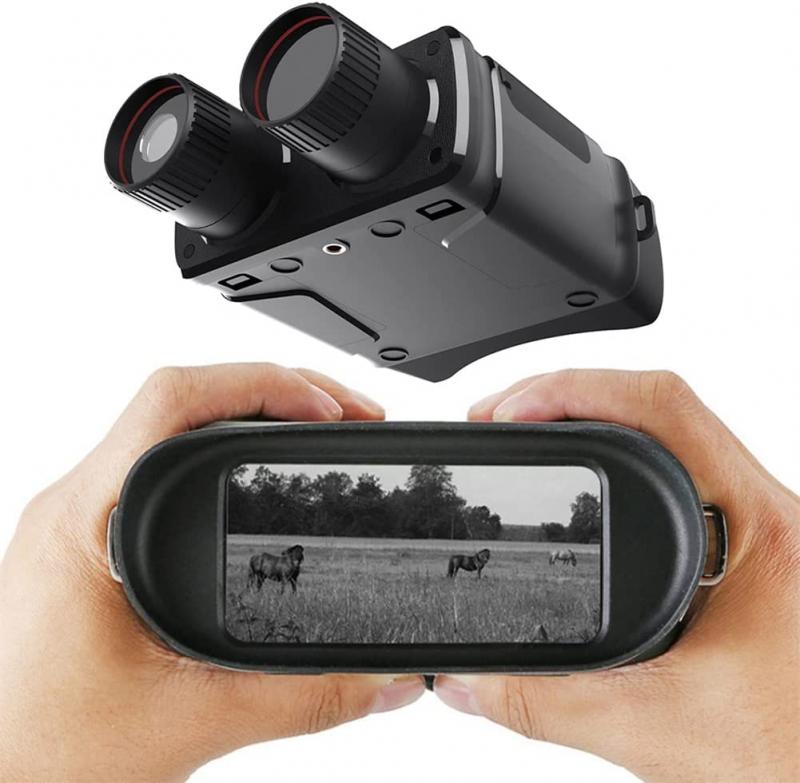
2、 Image Intensification: Amplifying available light to create a visible image.
Night vision goggles are optical devices that allow individuals to see in low-light or dark environments. They work on the principle of image intensification, which involves amplifying the available light to create a visible image.
Image intensification technology has been the primary method used in night vision goggles for several decades. These goggles consist of several key components that work together to enhance the available light and provide a clear image.
The first component is the objective lens, which collects the incoming light and focuses it onto a photocathode. The photocathode is a light-sensitive material that converts photons (particles of light) into electrons through a process called photoemission.
Once the photons are converted into electrons, they pass through a microchannel plate (MCP). The MCP is a thin glass plate with millions of tiny channels, or microchannels, that are coated with a material that emits secondary electrons when struck by the incoming electrons. This multiplication process significantly amplifies the number of electrons.
The amplified electrons then strike a phosphor screen, which converts the electrons back into photons. The phosphor screen emits a greenish glow when struck by the electrons, creating a visible image that the user can see through the eyepiece.
Recent advancements in night vision technology have led to the development of digital night vision goggles. These goggles use a digital sensor to capture the available light and convert it into an electronic signal. The signal is then processed and displayed on a screen, providing a clear and detailed image.
In conclusion, night vision goggles work by amplifying the available light through image intensification technology. This process involves converting photons into electrons, amplifying the electrons through a microchannel plate, and converting them back into photons to create a visible image. The latest advancements in night vision technology have led to the development of digital night vision goggles, which offer improved image quality and versatility.

3、 Photocathode: Converting photons into electrons to create an electronic image.
Night vision goggles are sophisticated devices that enable individuals to see in low-light or dark environments. They work by utilizing a combination of optical and electronic components to enhance the available light and create a visible image. One of the key components of night vision goggles is the photocathode, which plays a crucial role in converting photons into electrons to generate an electronic image.
The photocathode is a specialized component that is typically made of a material such as gallium arsenide or cesium antimonide. When photons from the environment enter the goggles through the objective lens, they strike the photocathode. The photons transfer their energy to the electrons within the material, causing them to be released from their atoms. This process is known as photoemission.
Once the electrons are released, they are accelerated and focused by an electric field within the goggles. This creates a stream of electrons that carries the image information. The electrons then strike a phosphor screen, which is coated with a material that emits light when struck by electrons. This light is then amplified and projected onto the eyepiece, allowing the user to see the image.
In recent years, there have been advancements in night vision technology, particularly in the development of more sensitive photocathode materials. These new materials can capture and convert even lower levels of light into electrons, resulting in improved image quality and visibility in extremely dark conditions.
Additionally, some modern night vision goggles incorporate digital technology, where the electronic image is further processed and enhanced using algorithms. This can help to reduce noise, improve contrast, and provide a clearer and more detailed image to the user.
Overall, night vision goggles work by utilizing a photocathode to convert photons into electrons, which are then amplified and projected onto a phosphor screen to create a visible image. Ongoing advancements in materials and digital processing continue to enhance the performance and capabilities of these devices, allowing users to see in the dark with greater clarity and precision.
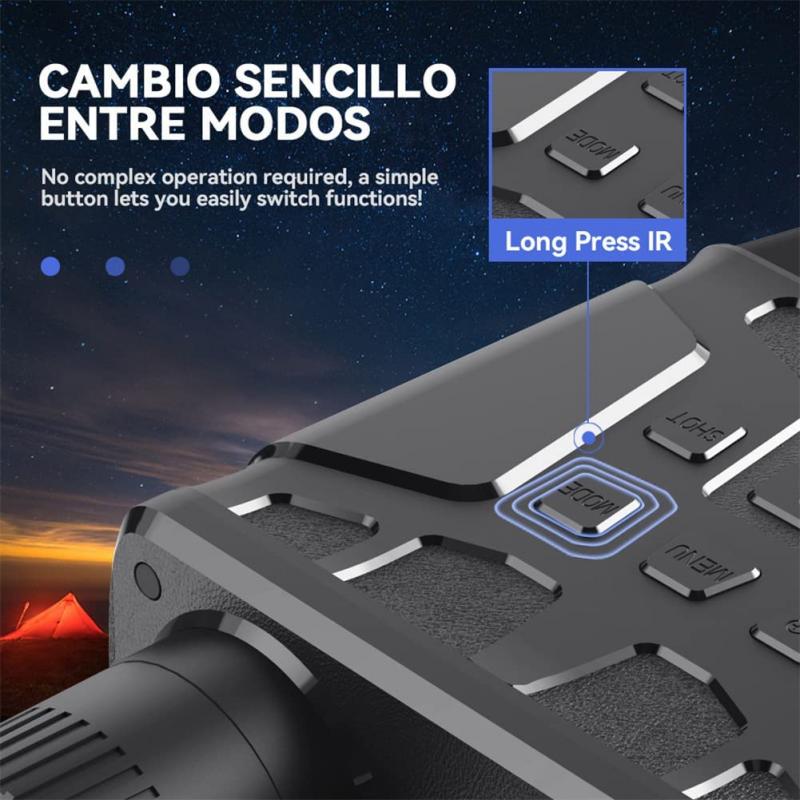
4、 Microchannel Plate: Accelerating and multiplying electrons to enhance image brightness.
Night vision goggles are sophisticated devices that allow individuals to see in low-light or dark environments. They work by utilizing a combination of technologies, with one key component being the microchannel plate (MCP). The MCP plays a crucial role in enhancing image brightness and improving the overall performance of night vision goggles.
The microchannel plate is a thin, flat panel made up of millions of tiny channels, each only a few micrometers in diameter. These channels are coated with a material that emits electrons when struck by photons. When incoming photons from the environment enter the goggles, they strike the MCP's surface, causing the emission of electrons.
The MCP then uses a process called electron multiplication to amplify the number of electrons. As the electrons pass through the channels, they collide with the channel walls, causing secondary electrons to be released. This multiplication process continues, resulting in a significant increase in the number of electrons.
The amplified electrons are then accelerated towards a phosphor screen, which converts the electron energy into visible light. This light forms an image that is visible to the user through the eyepiece of the goggles. The image produced is a greenish hue because the phosphor screen used in night vision goggles is most sensitive to green light.
The latest advancements in night vision technology have focused on improving the performance of the microchannel plate. Researchers are exploring new materials and manufacturing techniques to enhance the efficiency and durability of the MCP. Additionally, efforts are being made to reduce the size and weight of night vision goggles while maintaining their performance.
In conclusion, the microchannel plate is a critical component of night vision goggles, responsible for accelerating and multiplying electrons to enhance image brightness. Ongoing research and development in this field aim to further improve the capabilities of night vision technology, making it even more effective in various applications.





